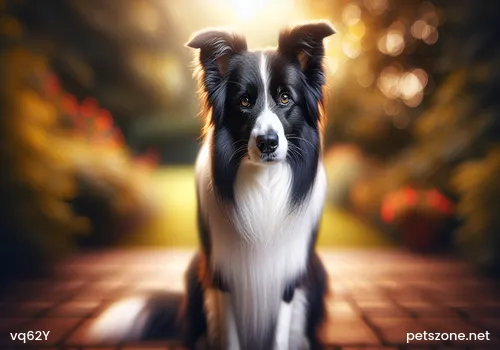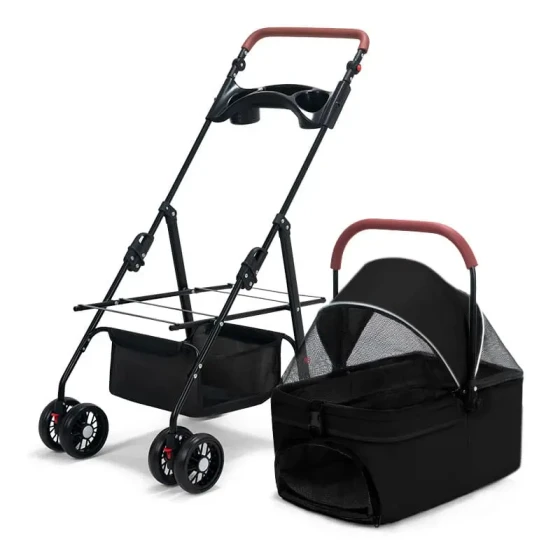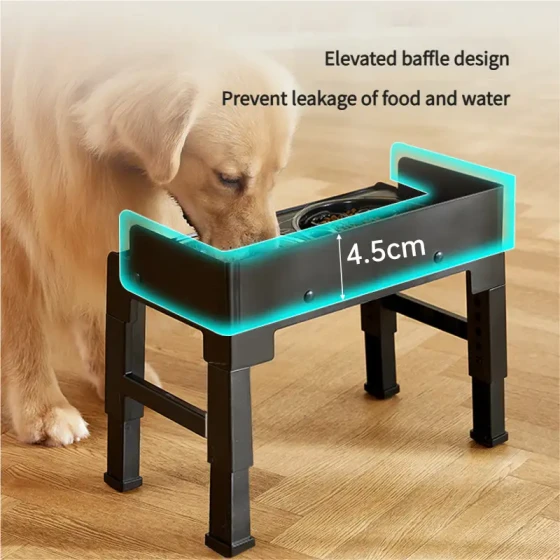Preparations Needed to Welcome Your Beloved Dog
Every one of us owners welcomes the arrival of a new puppy with excitement. Some are purchased, others are gifts from friends or relatives. Because the puppy is very small, it may be harder to adapt to the new environment. To help the puppy quickly adapt to the new owner and family, and for the puppy’s health, parents should prepare in advance for the arrival of your puppy. This will not only help it adapt to the environment and grow up healthy and happy, but also allow timely attention to any discomfort or emergency care and fast medical treatment. Before purchasing a puppy, it is recommended to first go to a veterinary hospital to buy two test strips for infectious diseases: one for parvovirus detection and the other for canine distemper detection. These two are the most common infectious diseases in dogs. Learn how to use the test strips and check whether there is any disease, including whether the eyes have secretions, the skin has hair loss and scales, and whether there is loose stool around the anus. Then bring the test strips when selecting a healthy puppy!

Pet Dog
On the way home, please bring a towel. Use the towel to wipe the mother dog and other puppies a few times, so you can bring their scent home to help the puppy quickly become familiar with the new environment. Also bring some tissues and plastic bags to avoid car sickness. You can also buy in advance a suitable-sized airline crate or portable bag, so that whether now or in the future, it can travel safely without feeling unfamiliar. Before departure, you can spend some time with it in the car; if it behaves well, reward it appropriately.
Set up a new home suitable for your beloved dog. Before you prepare to bring the dog home, try to get everything ready to ensure it can adapt to the new life in a safe and reliable environment. You can prepare an old blanket, an old box or basket, and keep it away from drafts. This will not only let it lie comfortably, but also effectively avoid catching cold. If the dog keeps howling or being noisy when it returns home, you can try buying a small clock that ticks like a second hand. Wrap it in cloth and put it next to the dog. This ticking resembling its mother’s heartbeat will make it feel calm and secure.
We should prepare dedicated food and water bowls for it according to its size (preferably stainless steel, as other materials may be mistaken by the dog as chew toys and even swallowed).
After bringing your beloved dog home, you need to keep the following items ready:
* Nutritionally complete quality pet food (when the puppy is young, it is best to feed size-appropriate milk biscuits or puppy food. Do not change the food it has been eating from the previous owner at first; gradually transition to the new food prepared for it over one week.)
* Treats used as rewards during training.
* Stainless steel bowls and water dishes without sharp edges.
* Pet ID tags with your and the veterinarian’s contact information (the vet will create a health record for your dog, including deworming and vaccination schedules, and develop a health immunization plan tailored for your dog. They will also remind and provide health tips and facilitate timely contact with your puppy’s doctor in emergencies).
* Collar and leash (neither too loose nor too tight. Too loose might catch on protruding objects; too tight will cause discomfort. Check it daily, gradually loosening as your dog grows).
* Brush (consult a vet or groomer about a suitable brush for your dog and how to use it), comb, and pet shampoo.
* Cleaning supplies like disinfectant and stain removers.
* Toys. When it is teething and changing teeth, prepare sturdy, non-toxic, and sufficiently large toys. Avoid swallowing objects that could block the throat, stomach, or intestines.
Finally, some tips for all pet parents:
1. Store all detergents and chemicals out of the dog’s reach.
2. Do not allow your dog to approach harmful plants: zebra plant, azalea, camellia, dusty miller, Japanese yew, oleander, ivy, etc.
3. Place fragile items where dogs cannot reach them.
4. Hide or protect electrical cords to prevent your dog from chewing on them.
5. Put away children’s toys on the floor to prevent your dog from swallowing small objects.
6. Do not give human medications to dogs casually; many medicines are highly allergenic to dogs and could cause regret.



-560x560.webp)